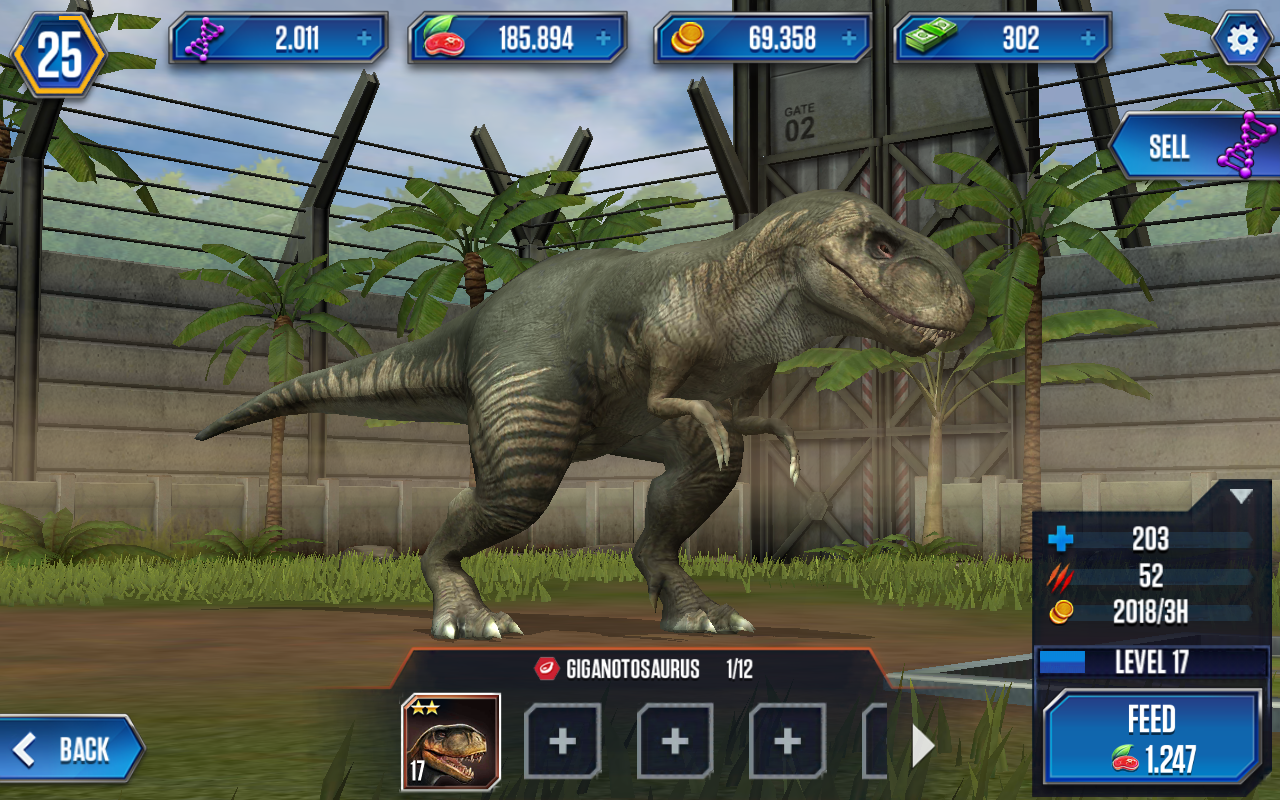

If you’re finding that your F1 2021 wheel settings are causing too much rattle going over smooth tarmac, or isn’t feeding the grip back strongly enough, then here are a few suggestions. However, there’s one change that’s got us diving into the options menus to try and correct – the feel through our Logitech wheels. Only a new Tasmanian tiger (or something resembling it) could change that.The new F1 game is here and it’s probably the best one we’ve played… and we’ve played a lot of them. “De-extinction is a fairytale science,” he says. Jeremy Austin from the Australian Centre for Ancient DNA tells the Sydney Morning Herald the entire plan is about media attention for the scientists. Marsupials mark a relatively new world of research, so much of the plan has never before been done, and experts don’t believe the thylacine and dunnart are close enough to make it work. With Colossal already moving forward on the woolly mammoth effort-the genome of that animal is sequenced, and scientists will soon place it into the genome of the Asian elephant-the thylacine needs the final 4 percent of its genome sequenced before scientists can explore the possibility of using a dunnart genome for the next steps.

Photo credit: Fairfax Media Archives - Getty Images In a Jurassic Park-like proposal, the engineered animals will live in their own enclosure with the continued goal of dropping the Tasmanian tiger back into the wild. wolf-like Tasmanian tiger)-and then editing genes to get as close to a new thylacine as possible.Ĭolossal expects this process to last a decade and Pask claims the first version will offer up a “de-extincted thylacine-ish thing” about 90 percent thylacine with the eventual goal to get to 99.9 percent, he tells Scientific American. The current plan calls for taking stem cells from the living dasyurid, or dunnart-a marsupial relative that bears basically no resemblance to the thylacine (think: mouse-like dunnart vs. Ultimately, this will lead to inserting thylacine genes into the genome of a dasyurid and stimulating embryonic growth until it is ready for a surrogate and eventual birth. That includes everything from sequencing the thylacine’s closest living relatives, to computational biology to enhance a recipient host genome to be more thylacine-like, and establishing compatible cell lines for cell editing, sequencing, and stem-cell derivation. If that pans out, bioengineering comes next. Nailing that genome sequence will be the first monumental step in the process toward de-extinction. “While the draft assembly of the thylacine genome contained the overwhelming majority of its genetic information, we were unable to piece everything back together,” according to the TIGGR Lab website. In 2018, Pask’s team published the first genome sequence of the thylacine. As the foremost expert on the thylacine genome, he heads the university’s TIGGR Lab (Thylacine Integrated Genetic Restoration Research). Andrew Pask, a professor of biosciences at the University of Melbourne and a member of the Colossal Scientific Advisory Board, will lead the charge on sequencing. Getting that ancestral heartbeat pumping again is no simple feat, though.Ĭolossal outlines a 10-step process for resurrecting the thylacine, from extinction to birth that includes sequencing the creature’s genome through DNA extracted from a 108-year-old specimen preserved at the Victoria Museum in Australia. “Combining the science of genetics with the business of discovery, we endeavor to jumpstart nature’s ancestral heartbeat,” the company says on its website. On the heels of a September 2021 announcement, outlining plans to rebirth the woolly mammoth, Colossal Biosciences has partnered with an Australian scientist to work on the de-extinction of the Tasmanian tiger.


 0 kommentar(er)
0 kommentar(er)
